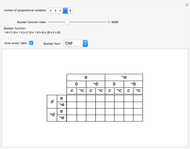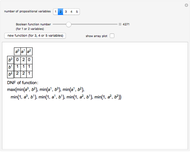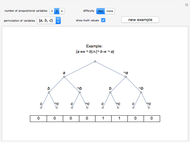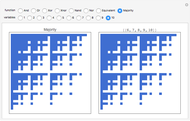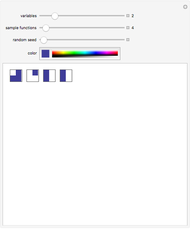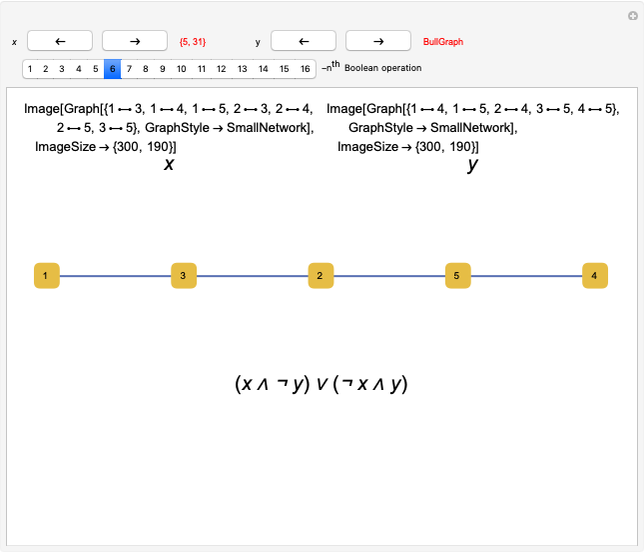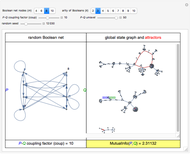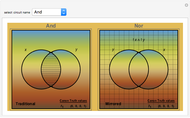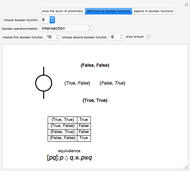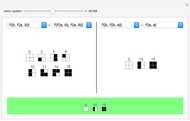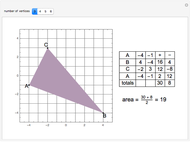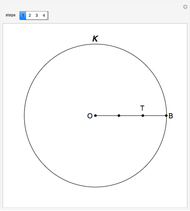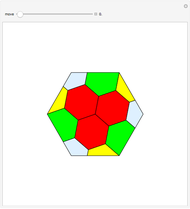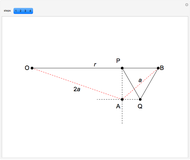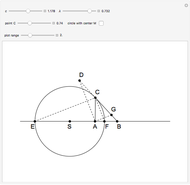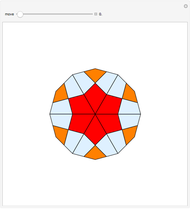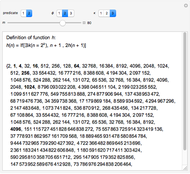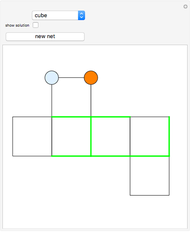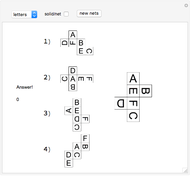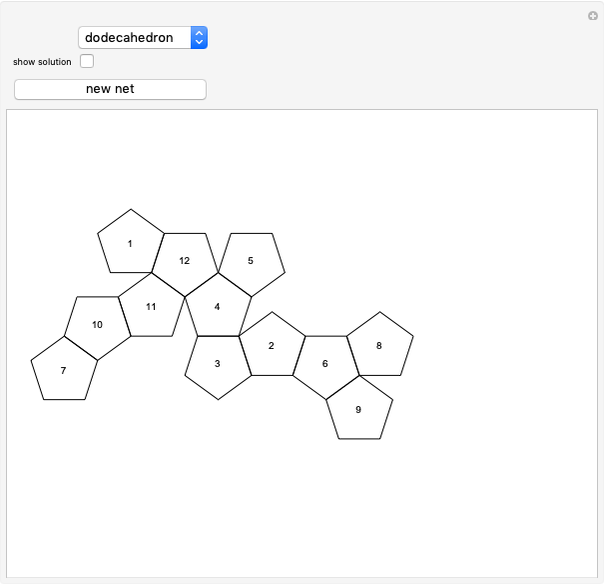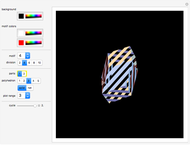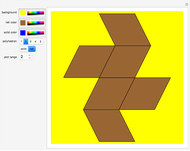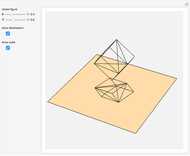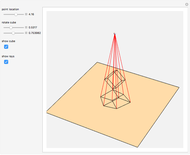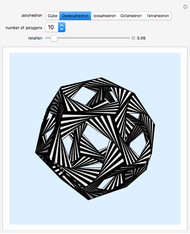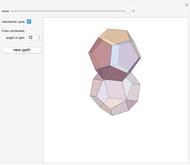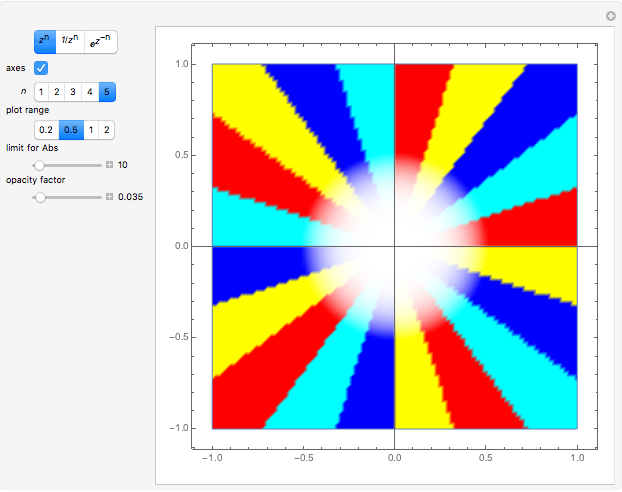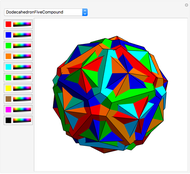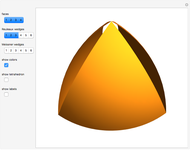Representation of Boolean Functions Using Binary Trees

Requires a Wolfram Notebook System
Interact on desktop, mobile and cloud with the free Wolfram Player or other Wolfram Language products.
This Demonstration shows representations of Boolean functions of two, three or four arguments using binary trees.
[more]
Contributed by: Izidor Hafner (September 2016)
Open content licensed under CC BY-NC-SA
Snapshots
Details
The first use of binary trees to represent Boolean functions were Macfarlane's diagrams that he called "logical spectra" [5, p. 44]. The representation is more compact than using truth tables.
References
[1] R. Audi, ed., The Cambridge Dictionary of Philosophy, Cambridge: Cambridge University Press, 1995 pp. 780–782.
[2] L. Borkowski, Elementy logiki formalnej (Elements of Formal Logic, in Polish), 3rd ed., Warsaw: Wyd, 1976.
[3] L. Carroll, Symbolic Logic and the Game of Logic, New York: Dover, 1958.
[4] I. M. Copi and C. Cohen, Introduction to Logic, 9th ed., New York: Macmillan, 1994 pp. 214–218.
[5] M. Gardner, Logic Machines, Diagrams and Boolean Algebra, New York: Dover Publications, 1968.
Permanent Citation
"Representation of Boolean Functions Using Binary Trees"
http://demonstrations.wolfram.com/RepresentationOfBooleanFunctionsUsingBinaryTrees/
Wolfram Demonstrations Project
Published: September 20 2016






